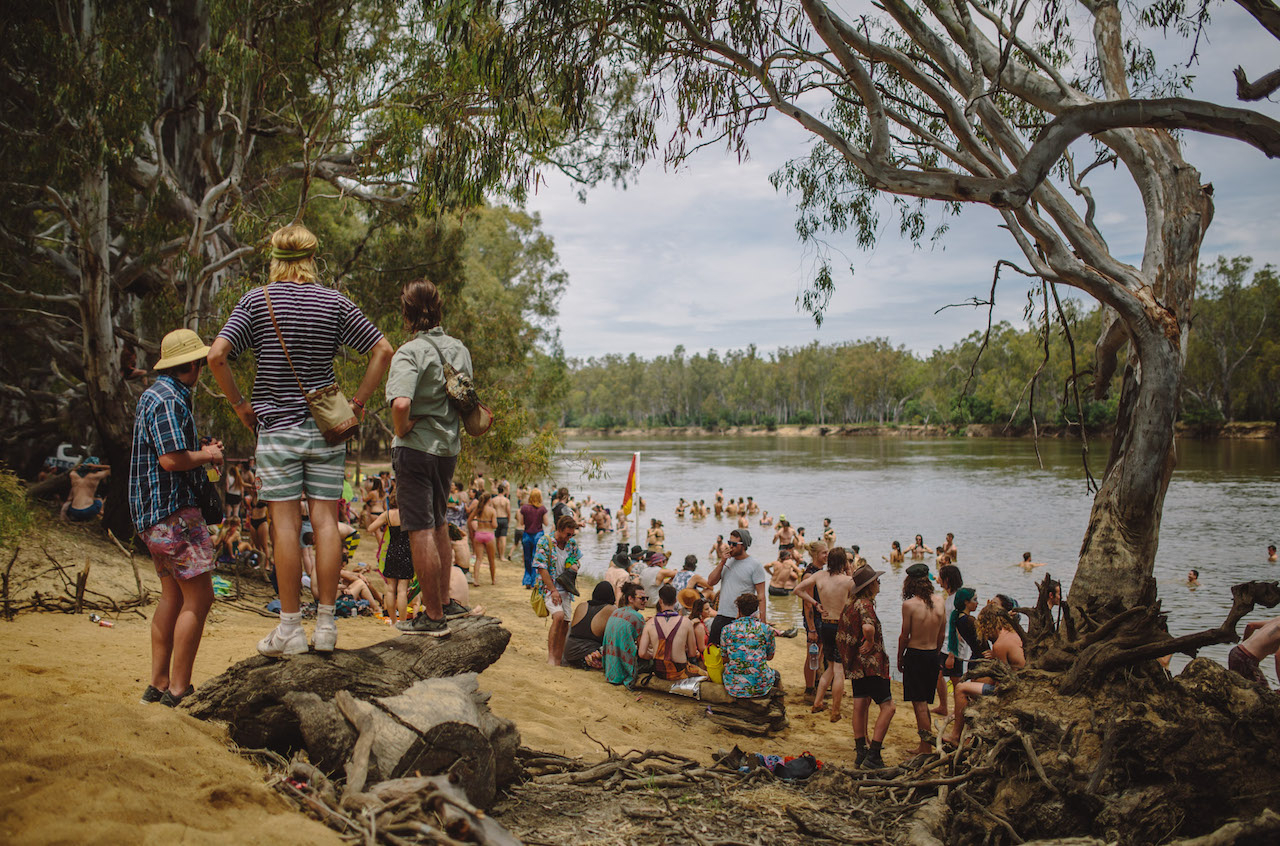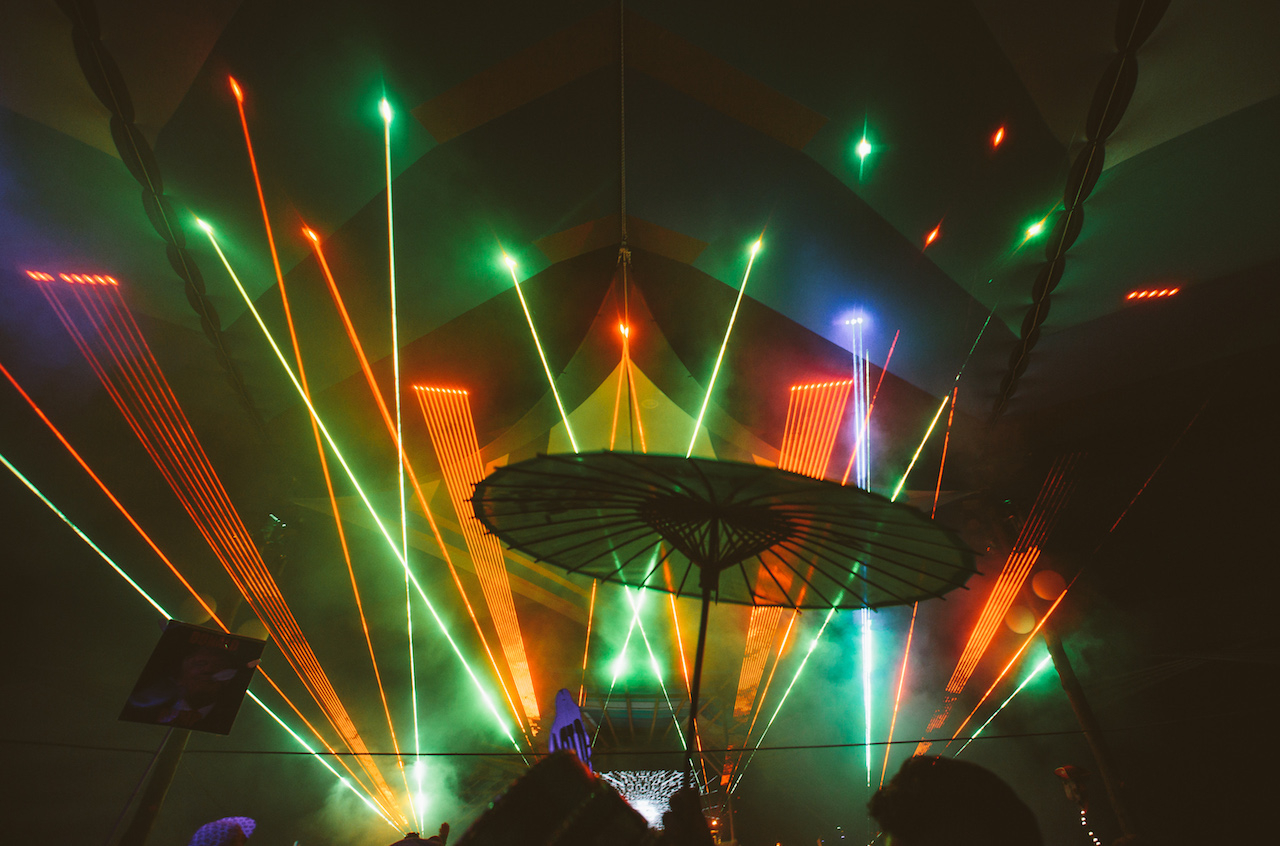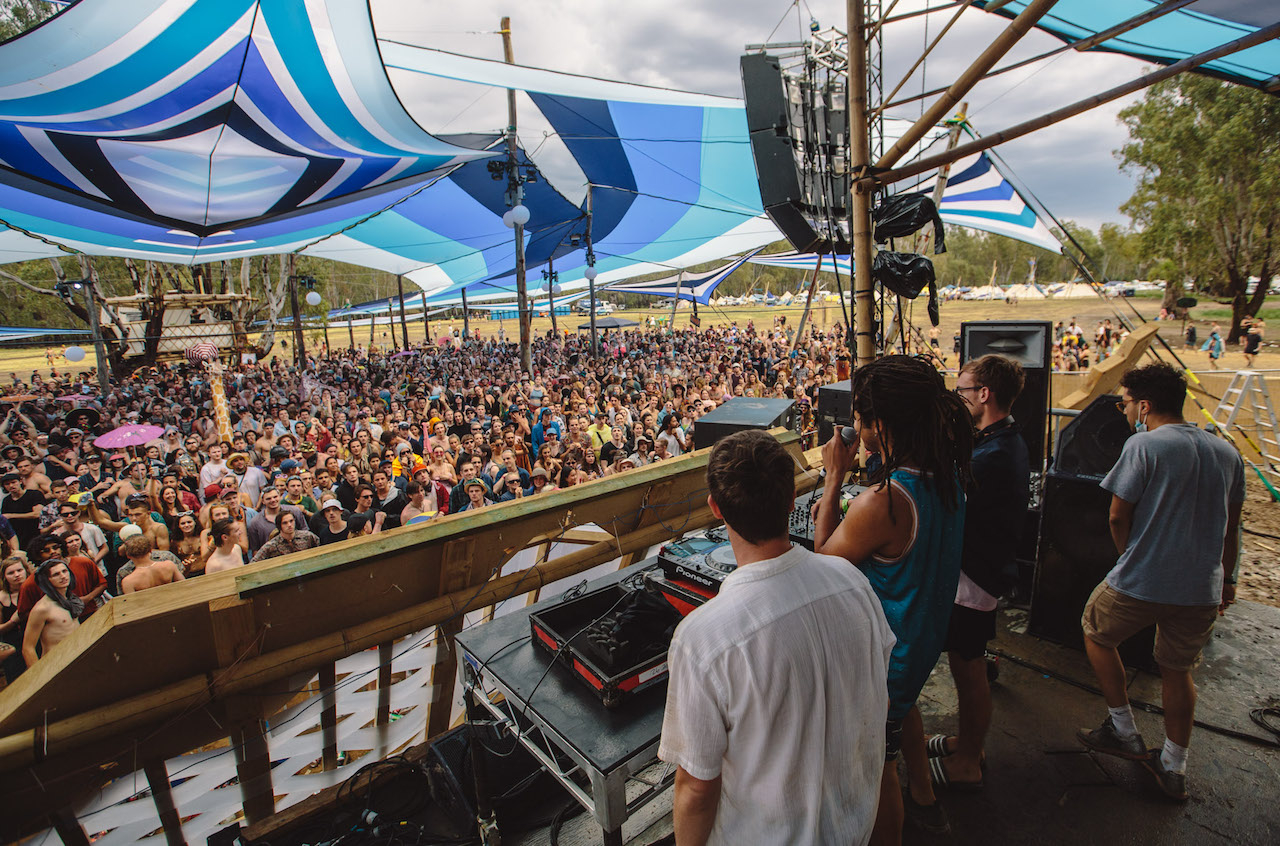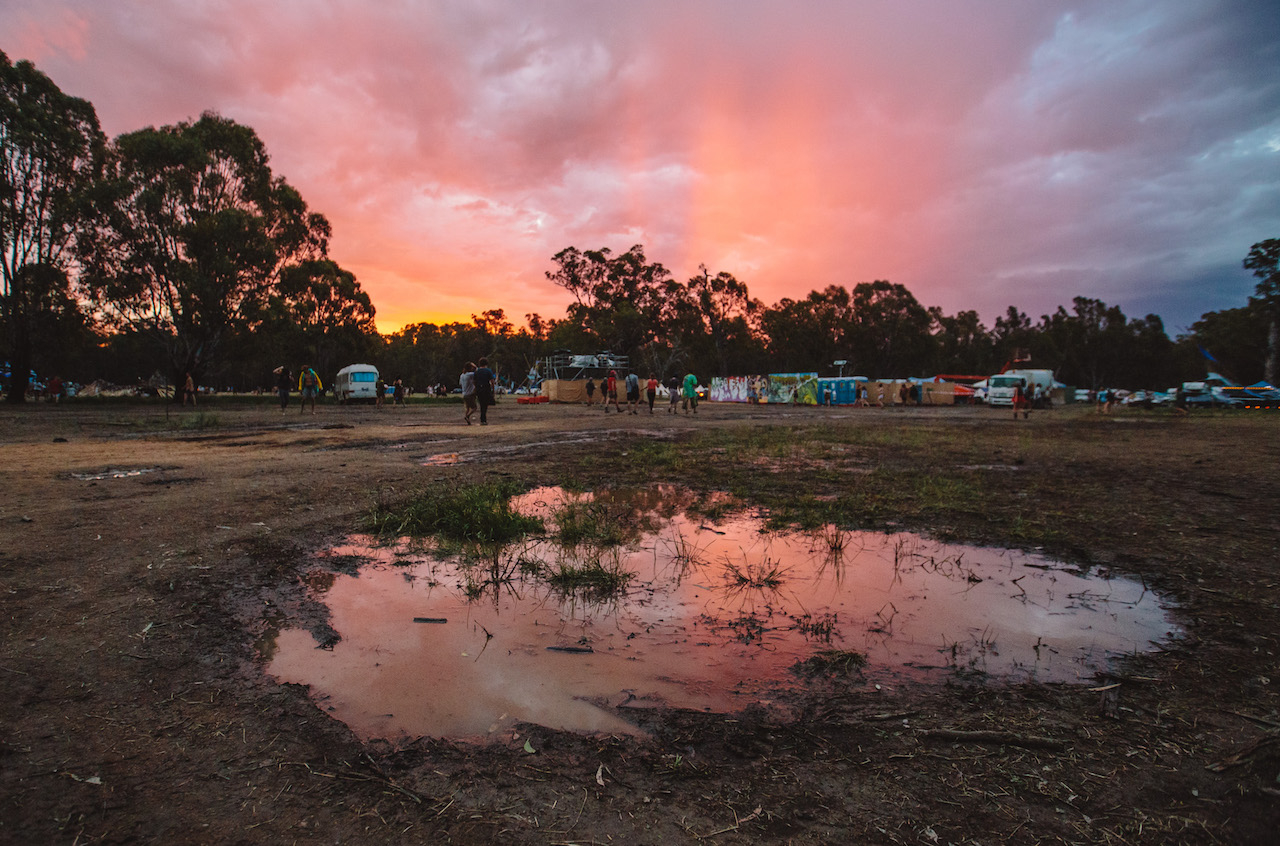- At a baseball match in Chicago in 1979, a historical revolt took place known as Disco Demolition Night. Radio presenter Steve Dahl, a vocal hater of disco, organised the promotional event, encouraging listeners to bring their unloved disco records to Comiskey Park so that they could be dumped into a large container and blown up. The result was a huge riot, with attendees swarming the field and causing havoc across the stadium. While Dahl succeeded in conveying his hate of disco, he also unknowingly fuelled the beginnings of Chicago house by sending disco underground.
Great things can happen when people are restricted or ostracised in this way. People rebel and create. Right now in Australia, the police are continuing to tighten their grip on the electronic music scene, making it difficult to host the all-night raves and dance parties of the '90s. Young people are feeling locked out of their own cities. But, at least for lovers of esoteric dance music, there is Strawberry Fields. Now in its eighth year, the original Aussie bush doof offers temporary respite from this atmosphere of constraint.
This year's edition, which took place at its usual home in Tocumwal, on the border of New South Wales and Victoria, was its biggest yet. In truth, Strawberry Fields is no longer a traditional bush doof. In its early years it was a haphazard, survival of the fittest rave. Now, the police stroll around passively and food trucks litter the site. (Though if you do want to feel nostalgic for the past, there's always the inescapable dust and arid bushland that runs along the Murray River.)
These days, Strawberry Fields is a conventional house and techno festival, though it still channels the liberating and expressive ethos that it was founded upon. Even with a 6500-strong crowd, the weekend felt uncrowded and spacious. Everyone was here for the same reason: to let loose and dance to fantastic music. One guy donned a banana suit, a group of friends dressed as old ladies, others wore barely anything at all. The vibe was open and accepting, which is largely what made the festival such a special experience.
Powered by loud and crisp Funktion-One speakers, few performances disappointed. Melbourne favourite Tornado Wallace played house heavy on fun and bongos, feeling no need to lean on the kind of heavy techno that otherwise dominated the weekend. The same went for fellow local live duo Albrecht La'Brooy, whose impressive 9 AM ambient set featured samples of didgeridoos and clapsticks.
German duo Super Flu arguably delivered the best set of all. Though only one of them DJ'ed (Mathias Schwarz), he had the crowd in the palm of his hands. In fact, Schwarz looked even more exhilarated than the audience, continuously teasing them by cutting the bass or tricking them into thinking a drop was around the corner. When the drops did land, they often came with huge, whomping basslines that sparked loud cheers.
Sunday's Rhythm Section showcase was also excellent. Prequel and Chaos In The CBD joined label boss Bradley Zero at the UKI Art Car stage in the afternoon, a fitting setting given the outlet's taste for lush, jazzy house. But halfway through, a flash flood forced them to move to the main stage, which proved a blessing in disguise. The rest of their set was a disco and funk-filled celebration (Ruf Dug's "Sun After Rain" went down particularly well). The Rhythm Section lads were stoked, smiling from ear to ear and dancing enthusiastically. It was the most memorable moment of the weekend, though the last-minute change to the schedule didn't serve everyone as well. Move D followed Zero et al., but it was as though he'd turned up late, leading with subdued funk tracks that failed to build on what had come previously. It was, however, a small blip in an otherwise fantastic festival.
Photo credit /
Duncan Jacob

 German duo Super Flu arguably delivered the best set of all. Though only one of them DJ'ed (Mathias Schwarz), he had the crowd in the palm of his hands. In fact, Schwarz looked even more exhilarated than the audience, continuously teasing them by cutting the bass or tricking them into thinking a drop was around the corner. When the drops did land, they often came with huge, whomping basslines that sparked loud cheers. Sunday's Rhythm Section showcase was also excellent. Prequel and Chaos In The CBD joined label boss Bradley Zero at the UKI Art Car stage in the afternoon, a fitting setting given the outlet's taste for lush, jazzy house. But halfway through, a flash flood forced them to move to the main stage, which proved a blessing in disguise. The rest of their set was a disco and funk-filled celebration (Ruf Dug's "Sun After Rain" went down particularly well). The Rhythm Section lads were stoked, smiling from ear to ear and dancing enthusiastically. It was the most memorable moment of the weekend, though the last-minute change to the schedule didn't serve everyone as well. Move D followed Zero et al., but it was as though he'd turned up late, leading with subdued funk tracks that failed to build on what had come previously. It was, however, a small blip in an otherwise fantastic festival.
German duo Super Flu arguably delivered the best set of all. Though only one of them DJ'ed (Mathias Schwarz), he had the crowd in the palm of his hands. In fact, Schwarz looked even more exhilarated than the audience, continuously teasing them by cutting the bass or tricking them into thinking a drop was around the corner. When the drops did land, they often came with huge, whomping basslines that sparked loud cheers. Sunday's Rhythm Section showcase was also excellent. Prequel and Chaos In The CBD joined label boss Bradley Zero at the UKI Art Car stage in the afternoon, a fitting setting given the outlet's taste for lush, jazzy house. But halfway through, a flash flood forced them to move to the main stage, which proved a blessing in disguise. The rest of their set was a disco and funk-filled celebration (Ruf Dug's "Sun After Rain" went down particularly well). The Rhythm Section lads were stoked, smiling from ear to ear and dancing enthusiastically. It was the most memorable moment of the weekend, though the last-minute change to the schedule didn't serve everyone as well. Move D followed Zero et al., but it was as though he'd turned up late, leading with subdued funk tracks that failed to build on what had come previously. It was, however, a small blip in an otherwise fantastic festival. Photo credit / Duncan Jacob
Photo credit / Duncan Jacob